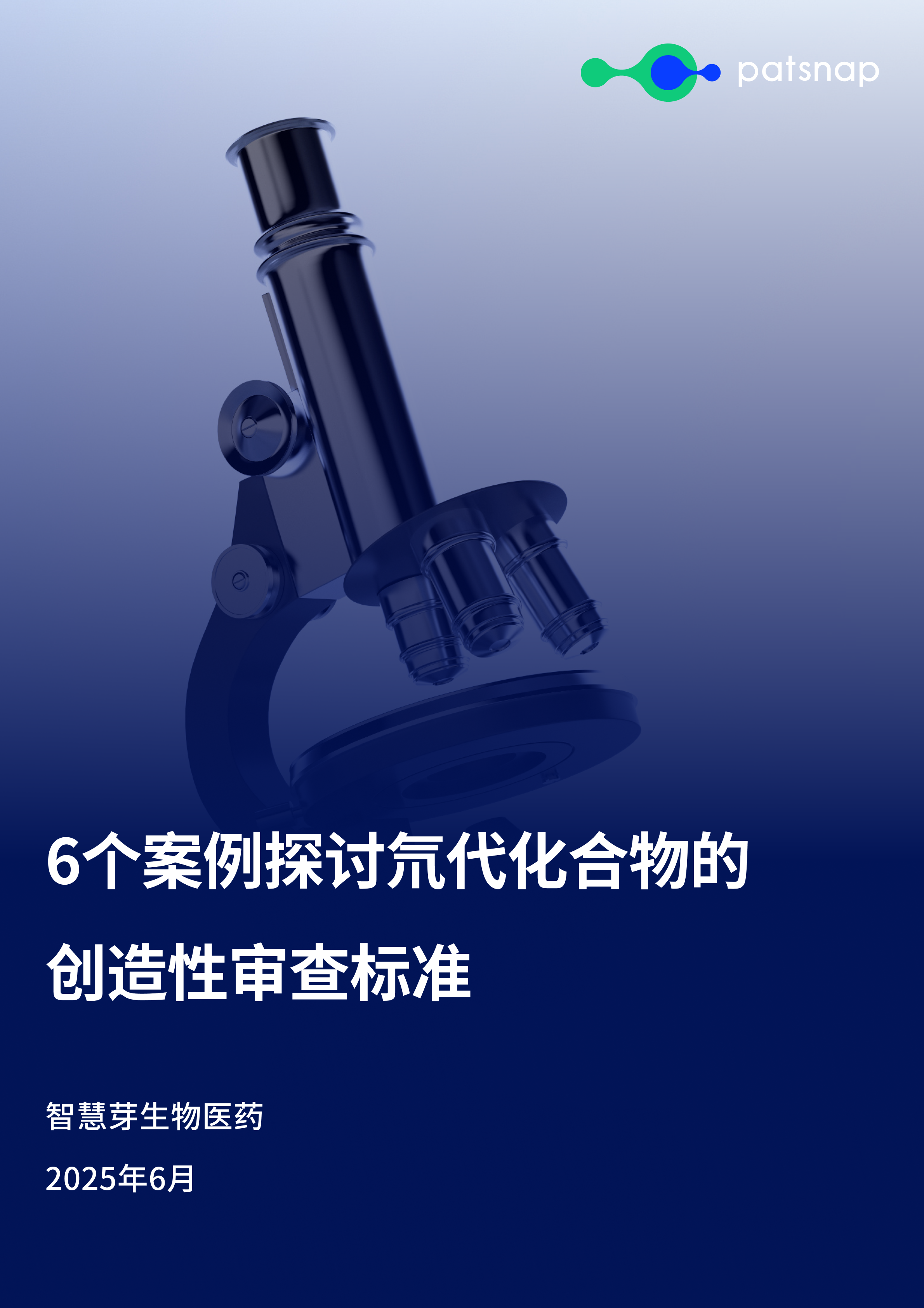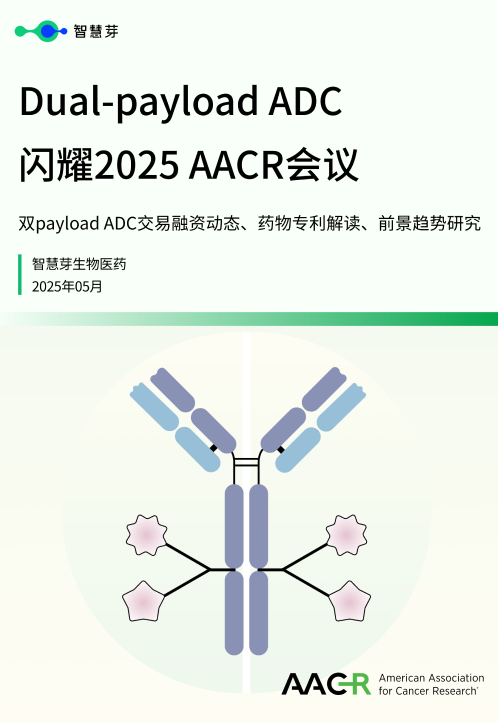预约演示
How to upcycle low-energy light
2024-03-14
To combine two low-energy photons into one high-energy photon efficiently, the energy must be able to hop freely, but not too quickly, between randomly oriented molecules of a solid. The discovery provides a much-needed design guideline for developing materials for more efficient PV cells, displays, or even anti-cancer therapies.
To combine two low-energy photons into one high-energy photon efficiently, the energy must be able to hop freely, but not too quickly, between randomly oriented molecules of a solid. This Kobe University discovery provides a much-needed design guideline for developing materials for more efficient PV cells, displays, or even anti-cancer therapies.
Light of different colors has different energies and is therefore useful for very different things. For the development of more efficient PV cells, OLED displays, or anti-cancer therapies it is desirable to be able to upcycle two low-energy photons into a high-energy photon, and many researchers worldwide are working on materials for this up-conversion. During this process, light is absorbed by the material and its energy is handed around amongst the material's molecules as a so-called "triplet exciton." However, it was unclear what allows two triplet excitons to efficiently combine their energies into a different excited state of a single molecule that then emits a high-energy photon, and this knowledge gap has been a serious bottleneck in the development of such materials.
Kobe University photoscientist KOBORI Yasuhiro and his research group have been working on a property called the "electron spin states" of moving and interacting excited states. They realized that their expertise was exactly what was needed to solve the problem of up-conversion and applied it on a material especially suitable for their analysis. Kobori explains, "In solution systems, it is difficult to observe the magnetic properties of the electron spins due to the high-speed rotation of the molecules, and in conventional solid-state systems, the reaction efficiency is too low for electron spin resonance studies. The thin-film solid-state material used in our study, however, was suitable for observing the magnetic properties of electron spins and generating sufficient triplet exciton concentrations."
Their results, now published in The Journal of Physical Chemistry Letters, show that for the transfer of energies to one light-emitting molecule, the electron spin states of two triplet excitons have to be aligned, which depends on the relative orientation of the participating molecules. For that to happen with a high likelihood, though, the triplet excitons need to be able to move around between molecules of many different orientations. In addition, this hopping must not be too quick, so there is enough time for the interconversion of different excited states.
The Kobe University researcher lists the steps necessary to arrive at this conclusion. "We first directly observed the time evolution of the electron spin state inside up-conversion materials in solid-state systems, then modeled the observed electron spin motion, and finally proposed a new theoretical model for how the electron spin state relates to the up-conversion process."
These results finally yield a guideline for how to design highly efficient photon up-conversion materials that is based on the knowledge of the process's microscopic mechanism. Kobori explains why this excited him. "I expect this knowledge to contribute to the development of high-efficiency solar cells to alleviate our energy problems, but also to expand into a wide range of fields such as photodynamic cancer therapy and diagnostics that utilize near-infrared light for optical up-conversion without harming the human body."
This work was supported by the Japan Society for the Promotion of Science (grants JP20H05832, JP21H05411, JP22K19008, JP20K21174 and JP22K14648), the Japan Science and Technology Agency (grant JPMJPR2101), and the Yukawa Memorial Foundation. It was conducted in collaboration with a researcher from the Tokyo Institute of Technology.
更多内容,请访问原始网站
文中所述内容并不反映新药情报库及其所属公司任何意见及观点,如有版权侵扰或错误之处,请及时联系我们,我们会在24小时内配合处理。
适应症
靶点
-药物
-Eureka LS:
全新生物医药AI Agent 覆盖科研全链路,让突破性发现快人一步
立即开始免费试用!
智慧芽新药情报库是智慧芽专为生命科学人士构建的基于AI的创新药情报平台,助您全方位提升您的研发与决策效率。
立即开始数据试用!
智慧芽新药库数据也通过智慧芽数据服务平台,以API或者数据包形式对外开放,助您更加充分利用智慧芽新药情报信息。





